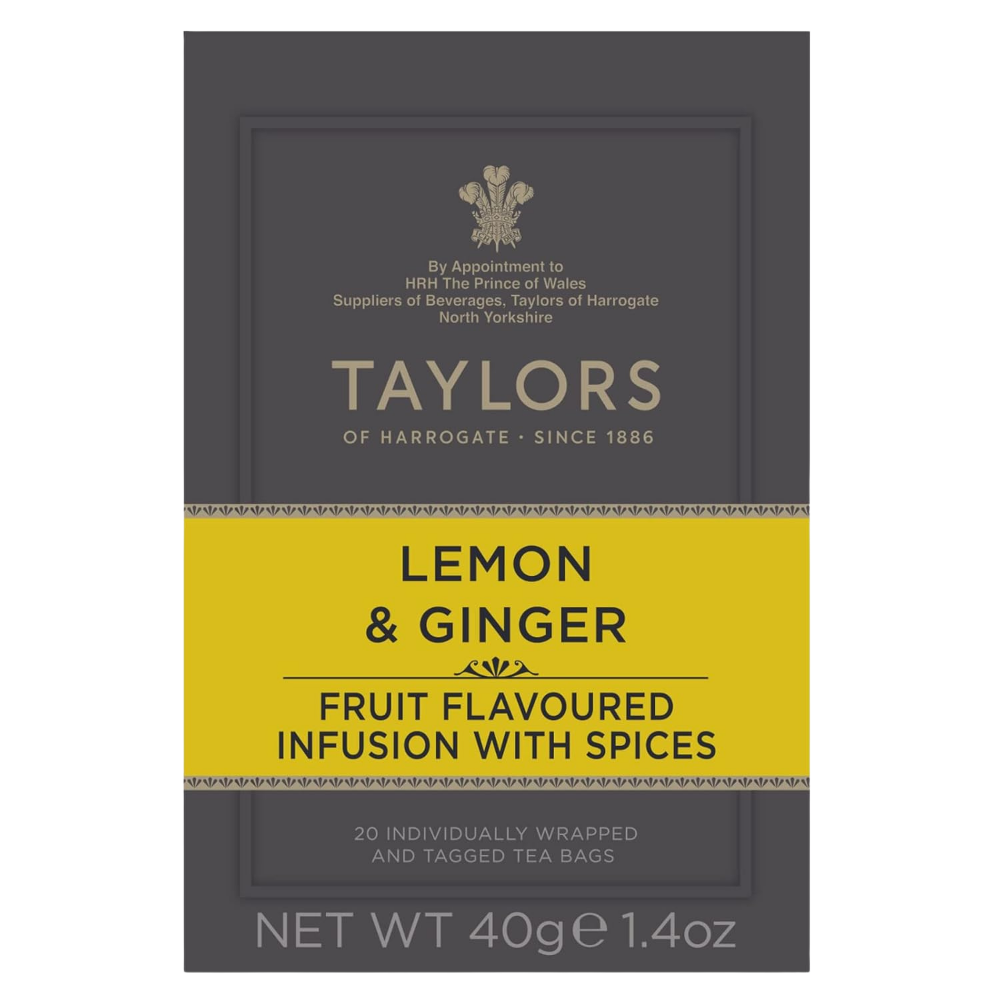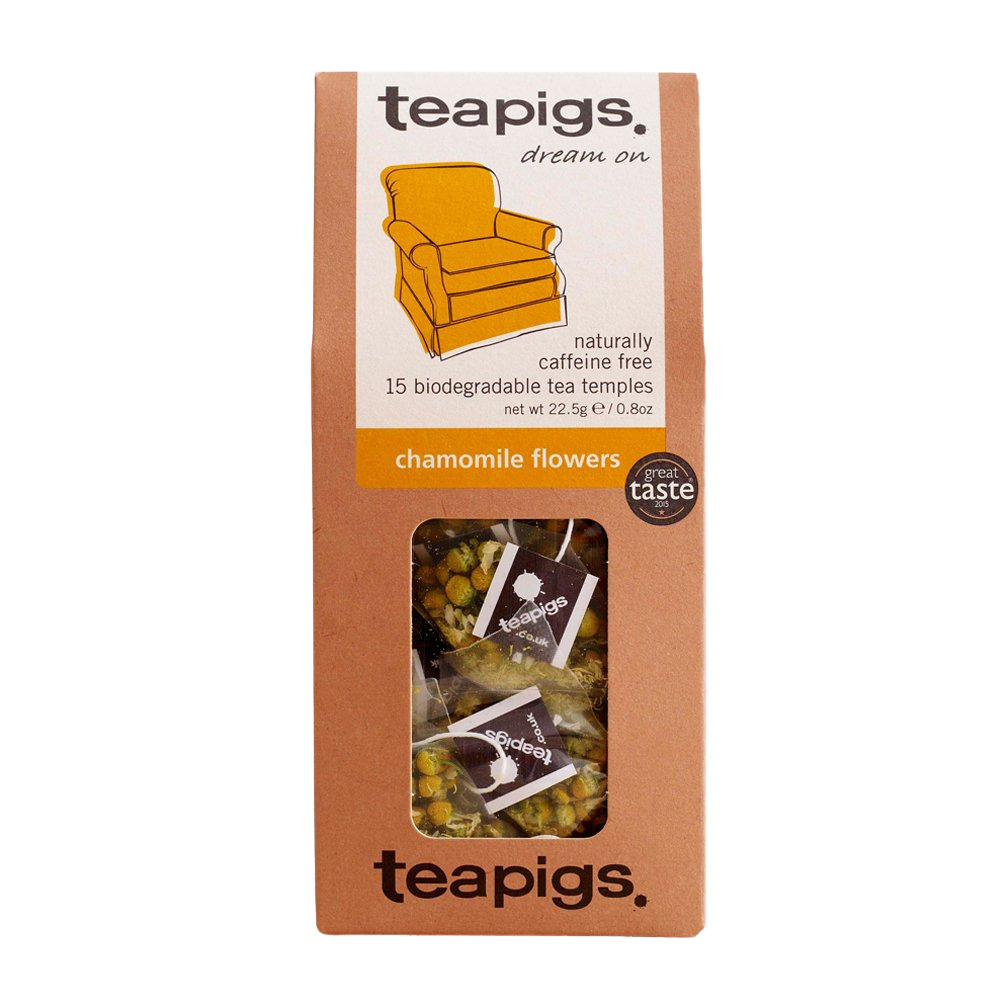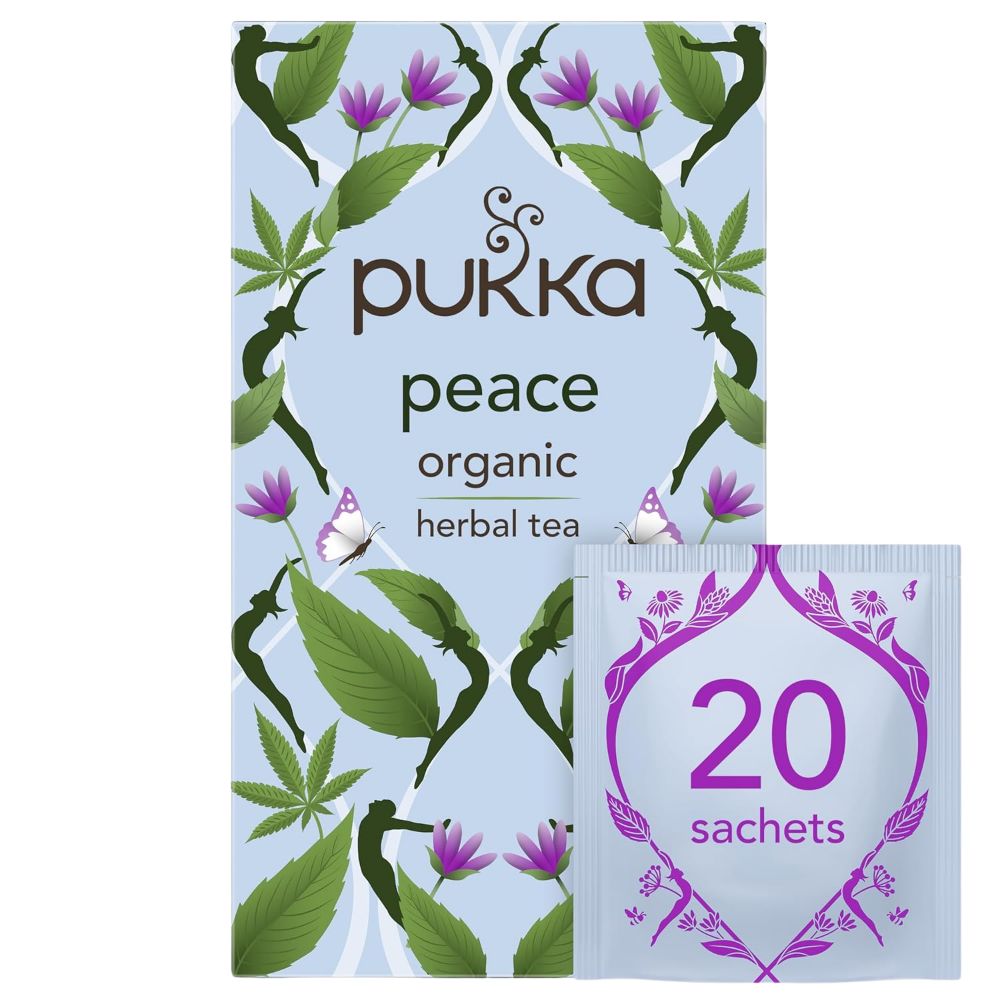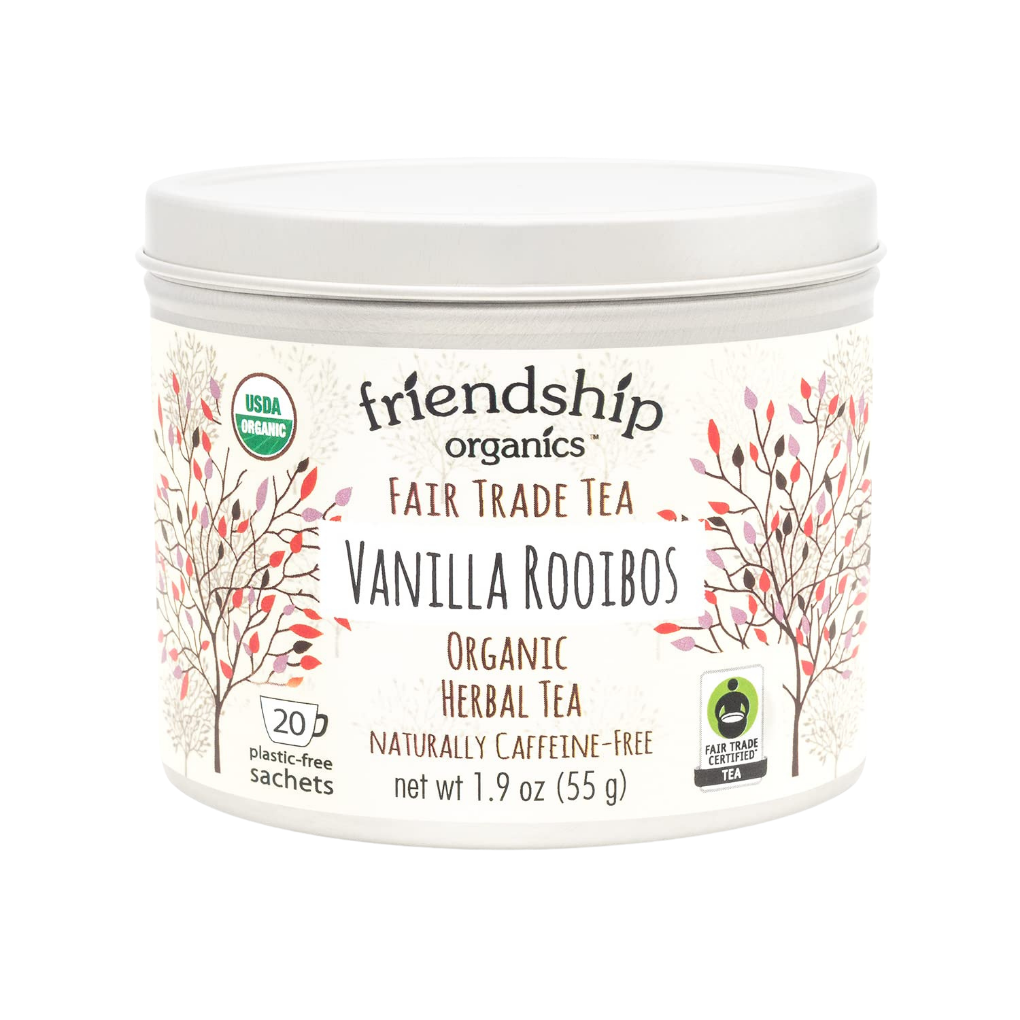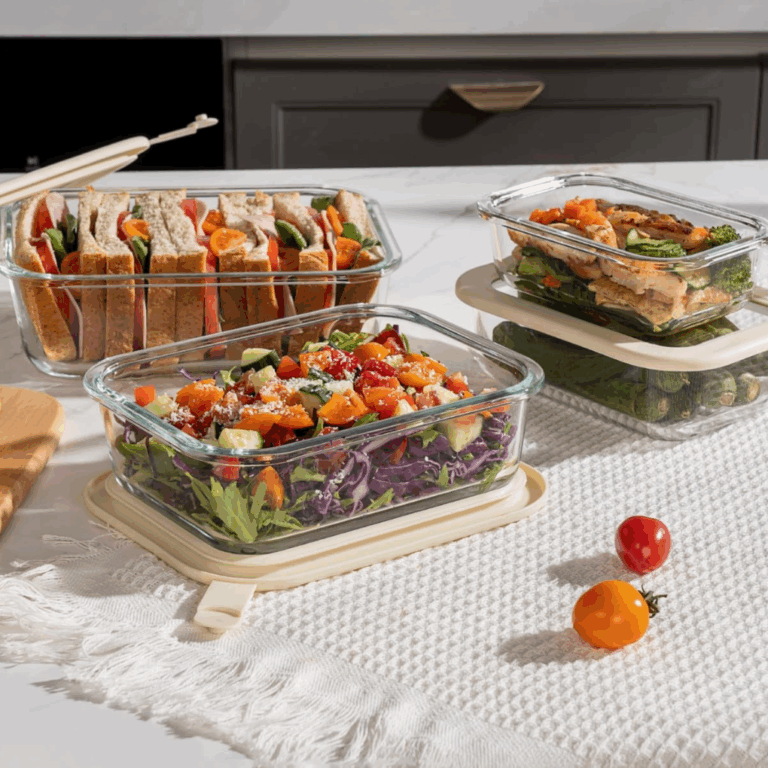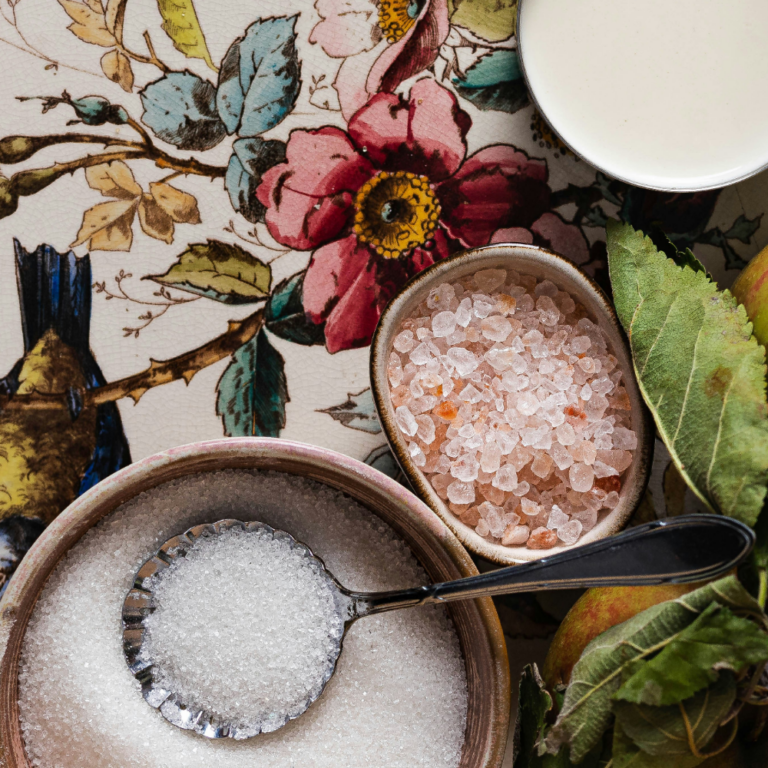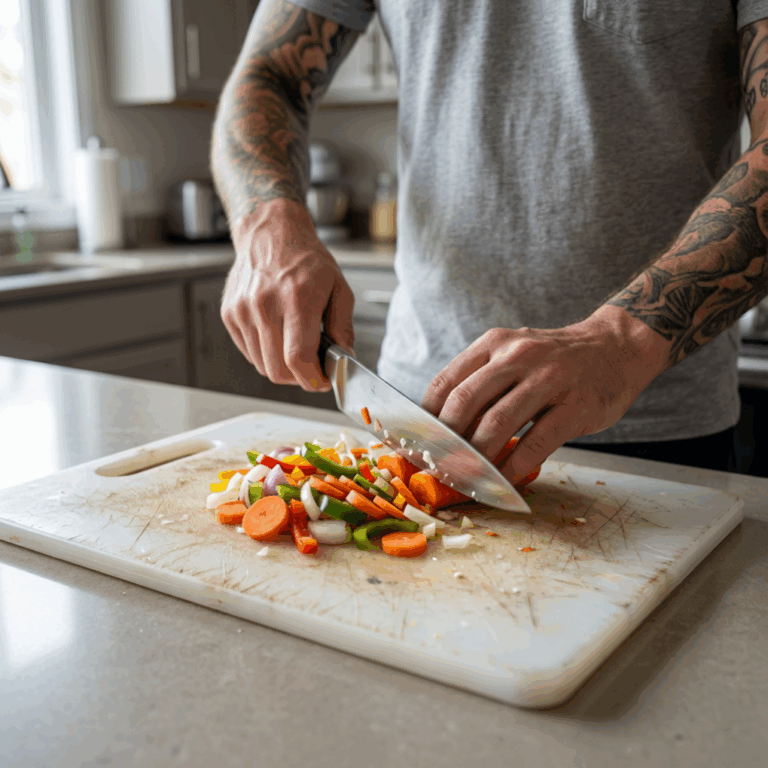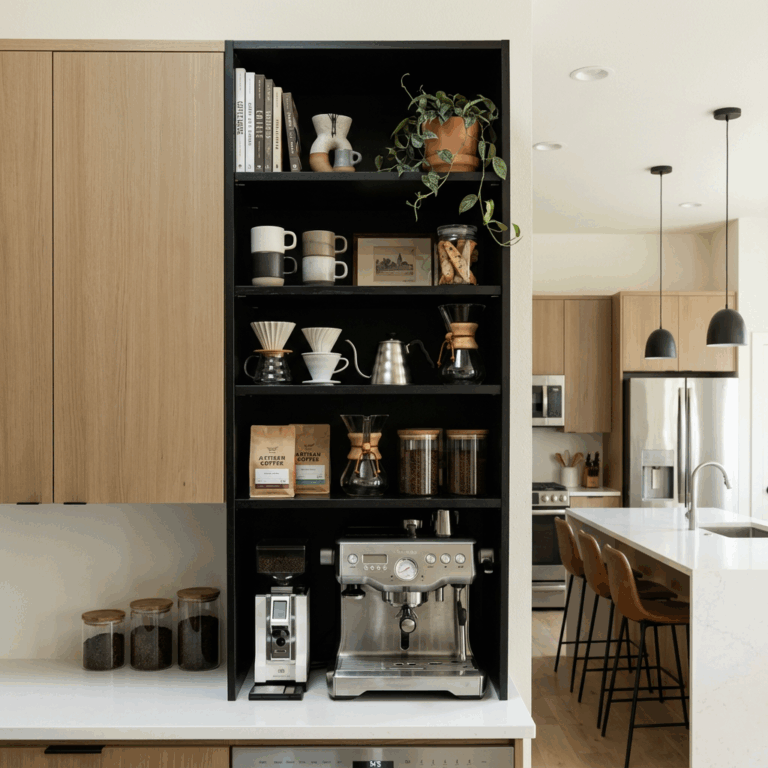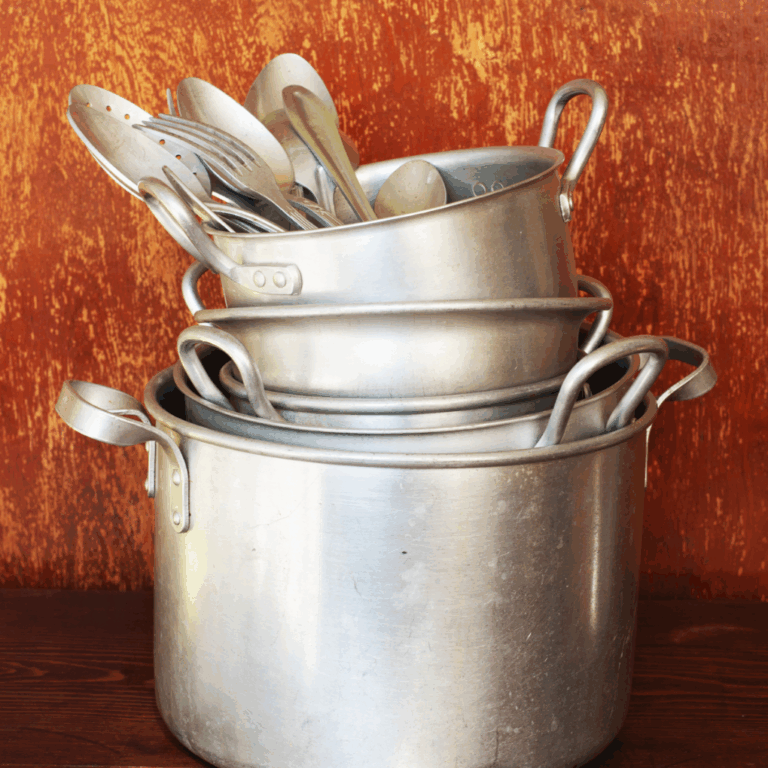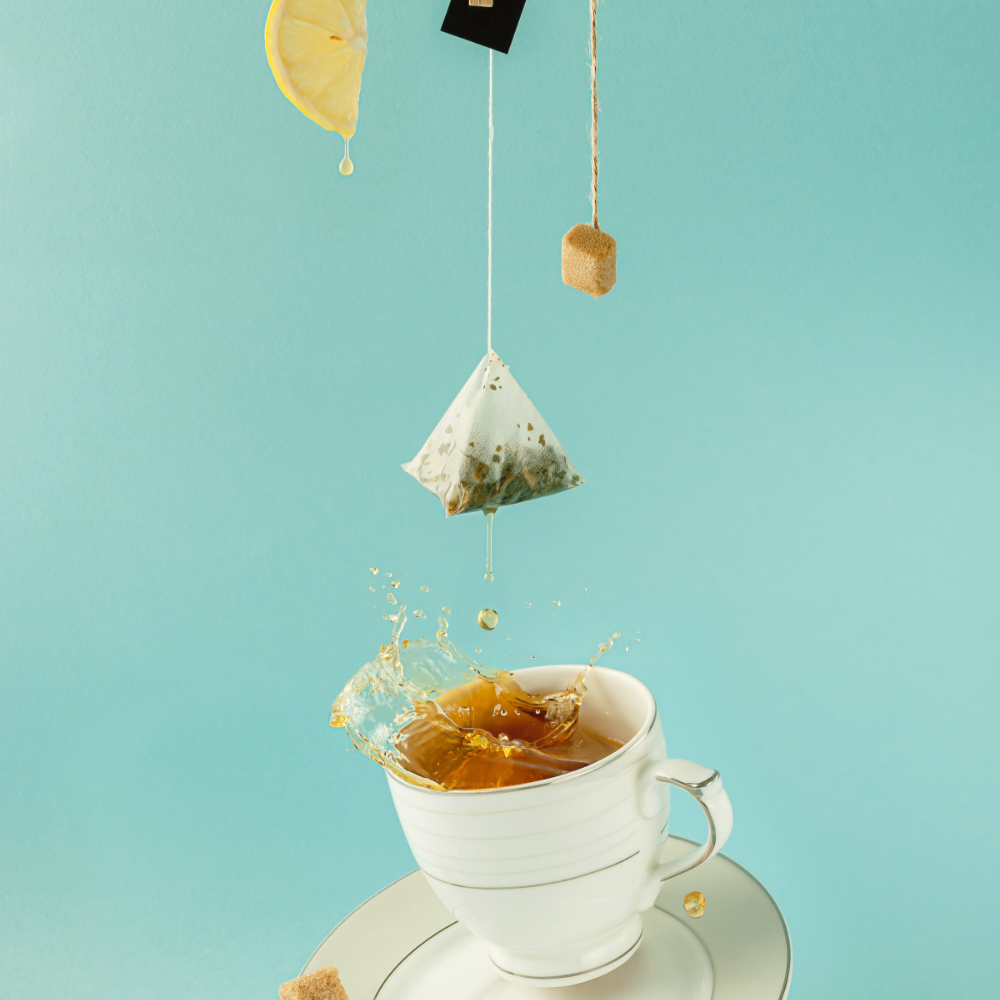
Key Takeaways
- Many commercial tea bags release billions of microplastic particles when steeped in boiling water.
- Watch out for materials like polypropylene, nylon, and PLA — they can shed plastics or fail to compost at home.
- Loose-leaf tea or certified plastic-free bags made from cotton or uncoated paper offer a cleaner, safer brew.
You might think your daily cup of tea is one of life’s purest pleasures, but many tea bags hide an unwelcome ingredient.
A 2024 study published in Chemosphere revealed that some commercial tea bags release billions of microplastic particles per cup when steeped in boiling water. These tiny fragments, often invisible to the naked eye, can even be absorbed by human intestinal cells in lab tests — meaning what’s brewing in your cup might also enter your body.
The reason? Many tea bags are sealed or shaped with plastics like polypropylene, nylon, or PET. When hot water hits, those materials can shed microscopic debris into your tea.
You have more control than you think. With a few simple swaps, you can skip the hidden plastics in tea bags and enjoy clean, compostable, plastic-free options that are better for you and for the environment.
How to Avoid Microplastics in Tea Bags?
If you want to avoid microplastics in your tea, the first step is knowing what to watch for, and unfortunately, most brands don’t make it obvious. Many use plastics to seal, shape, or strengthen their bags, even when they look paper-based or claim to be “eco-friendly.”
👀 Materials to Watch Out For
Some tea bags are sealed or woven with synthetic plastics that release particles when exposed to heat:
- Polypropylene (PP) – Often fused into paper tea bag edges to keep them sealed. It’s invisible but not harmless.
- Nylon – Used in “silky” or pyramid-style sachets that hold shape well but don’t break down.
- PET (polyethylene terephthalate) – Common in mesh-style bags. Heat-resistant, but still a plastic polymer.
- PLA (polylactic acid) – A plant-based “bioplastic” made from corn or sugarcane. Sounds sustainable, but it only breaks down in industrial composting — not your backyard pile.
These materials might look high-end, but when hot water hits, they can shed billions of plastic particles into your cup.
🪄 Marketing Terms That Can Be Misleading
Be cautious with fancy-sounding labels. Phrases like “silky sachets,” “mesh bags,” or “pyramid tea bags” often indicate plastics such as nylon or PET. Some brands promote these as “premium” because they look elegant — but plastic is still plastic, no matter how luxurious the branding sounds.
🔍 How to Read Tea Labels
Not every box tells the whole story — and sometimes it’s what’s missing that matters.
If a company blends natural fibers (like cotton) with synthetics, it’s often left off the label. Here’s what to look for:
Better certifications:
✅ Plastic-Free – Means zero plastic in both product and packaging (but check it’s clearly stated).
✅ Home Compostable – Breaks down safely in a backyard compost. Trusted global labels include TÜV Austria OK Compost HOME, AS 5810 (Australia), or NF T 51800 (France).
✅ Commercially Compostable – Often says “compostable.” Works only in industrial composting facilities — not home bins—for example, EN 13432 certification.
⚠️ Biodegradable – Can be misleading. It just means it eventually breaks down; some versions still contain plastic.
Why Microplastics in Tea Bags Are a Problem
Before learning how to avoid them, it helps to understand why microplastics show up in something as simple as a cup of tea and why they matter.
What Microplastics Actually Are
Microplastics are plastic fragments smaller than 5 millimeters — about the size of a sesame seed, though many are invisible to the eye. They can form when larger plastics break down over time or when they are intentionally produced for industrial use. Once released into the environment or ingested through food and drink, they’re nearly impossible to remove.
Learn More: Microplastics — What Are Microplastics? The Tiny Pollutants With a Big Impact Learn what microplastics really are, where they come from, and how to lower your exposure in everyday products. Read more →How Plastic Ends Up in Your Tea
Plastics sneak into tea bags more often than most people realize. Many brands use polypropylene to heat-seal paper bags, keeping them from falling apart in hot water. Others opt for “silky” or “mesh” sachets, which sound elegant but are often made from nylon or PET (polyethylene terephthalate).
When boiling water comes into contact with these materials, they can release billions of micro- and nanoplastic particles directly into your drink.
Health and Environmental Concerns
Researchers are still studying what happens when we consume microplastics, but early evidence raises concern. Studies suggest these particles can:
- cause inflammation and oxidative stress,
- carry toxic additives or pollutants into the body, and
- disrupt normal cellular function.
It’s not only about personal health, though. Tea bags containing plastic don’t fully break down in compost or landfills. Instead, they slowly fragment into even smaller particles that contaminate soil, rivers, and oceans, eventually entering the food chain.
The Bigger Picture
Choosing plastic-free tea isn’t just about protecting what’s in your cup — it’s about protecting what’s beyond it, too. Every plastic-free swap helps reduce long-term waste and pollution while supporting companies taking real steps toward sustainable packaging.
✨ Tip for composting
Corn-based or Plant-based Material
If the packaging says “corn-based mesh” or “plant-based material”, double-check if it’s home compostable. Many of these are still PLA, which acts like plastic unless processed in industrial composting conditions.
Look for specific certifications, such as “BPI Certified Home Compostable” or “OK compost HOME,” rather than vague terms. PLA requires temperatures of 140°F or higher to break down conditions that your backyard compost likely can’t maintain.
Safer Alternatives to Traditional Tea Bags
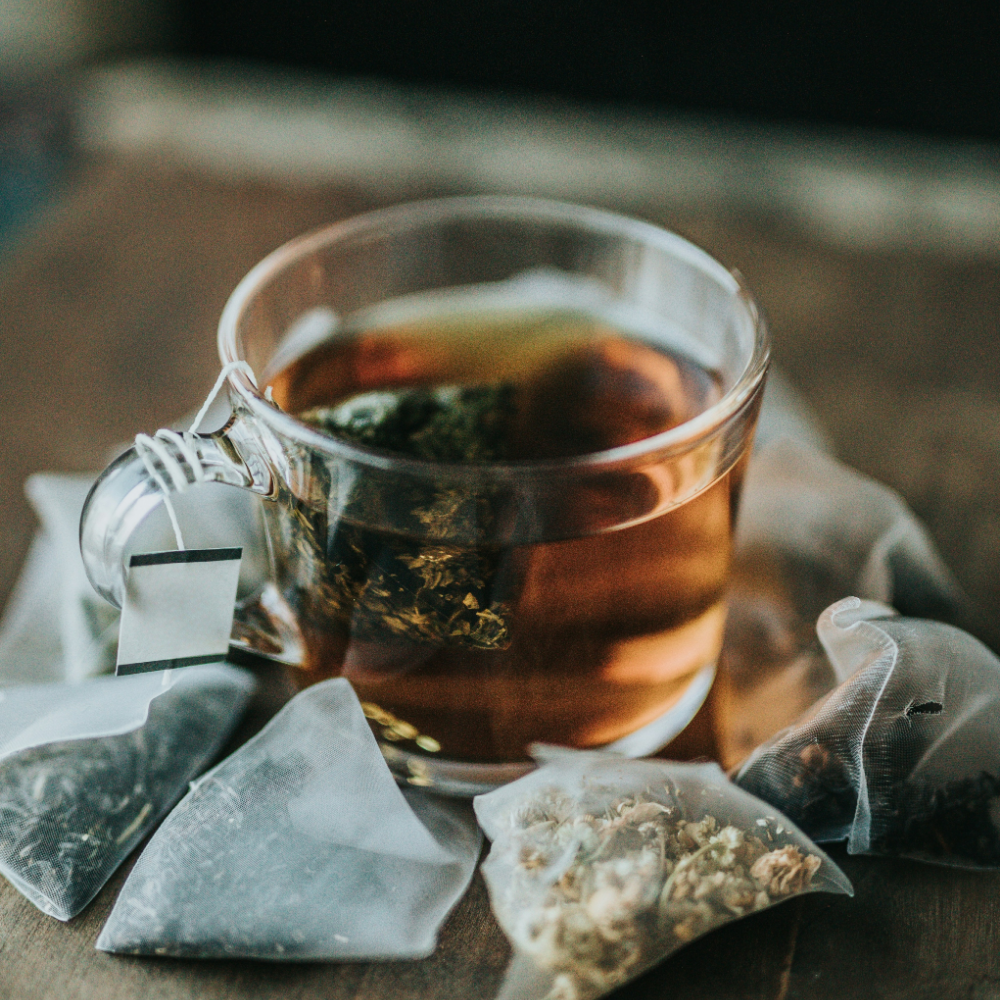
If you’re looking to skip the microplastics and still enjoy a cozy cup of tea, there are plenty of safer options out there. Here’s what to look for:
Organic Cotton Tea Bags
Organic cotton tea bags are a great swap for traditional plastic-sealed ones. These bags are made from untreated, compostable cotton and are often stitched instead of glued. No plastic, no sneaky coatings — just pure materials that break down naturally after you brew.
Paper Tea Bags Without Plastic Sealants
Not all paper tea bags are created equal. Some are reinforced with plastic, while others are made from unbleached, plastic-free paper and sealed with natural fibers. Look for brands that specifically call out “plastic-free” or “compostable” paper bags to make sure you’re getting the real thing.
Loose-Leaf Tea
For the cleanest cup, loose-leaf tea is hard to beat. With no bag at all, you skip the materials issue entirely — and as a bonus, loose tea often tastes fresher and richer. It also cuts down on unnecessary packaging waste, especially if you buy in bulk or from companies using sustainable materials.
Building a Plastic-Free Tea Routine
Choosing better tea bags is a great first step, but if you want to go all-in on a cleaner, plastic-free tea experience, a few small habit shifts can make a big difference.
Choose Loose-Leaf Teas and a Plastic-Free Infuser
Loose-leaf tea is one of the easiest ways to avoid hidden plastics altogether. No bag, no glue, no surprises — just pure tea leaves ready to steep. To keep your brewing fully plastic-free, invest in a stainless steel or ceramic infuser instead of the plastic or silicone options you’ll sometimes see. They’re durable, easy to clean, and won’t shed anything extra into your drink.
Support Certified Organic or Plastic-Free Brands
It’s not always easy to tell what’s hiding inside a product, which is why certifications can be helpful. Look for brands that are certified organic, plastic-free certified, or specifically advertise home-compostable packaging. When you support companies taking real steps toward sustainability, you help shift the industry in the right direction.
Store Your Tea in Plastic-Free Containers
Even after you’ve found a plastic-free tea, the way you store it matters too. Swap plastic bins and zipper bags for glass jars, ceramic canisters, or stainless-steel tins. These materials keep your tea fresh without adding any potential plastic contamination — plus, they look pretty great on a kitchen shelf.
Brew with Filtered Water
Many people don’t realize that tap water can also contain microplastics, depending on where you live. Using a good-quality water filter helps reduce not just plastic particles but also other contaminants like chlorine and heavy metals. It’s an easy step toward a cleaner, better-tasting cup of tea.
9 Brands Offering Plastic-Free Tea Bags
If you’re ready to make the switch but aren’t sure where to start, there are some great tea brands already leading the way with plastic-free, compostable options. Here’s a short list to make your next shopping trip a little easier:
1. Teapigs
$7-35
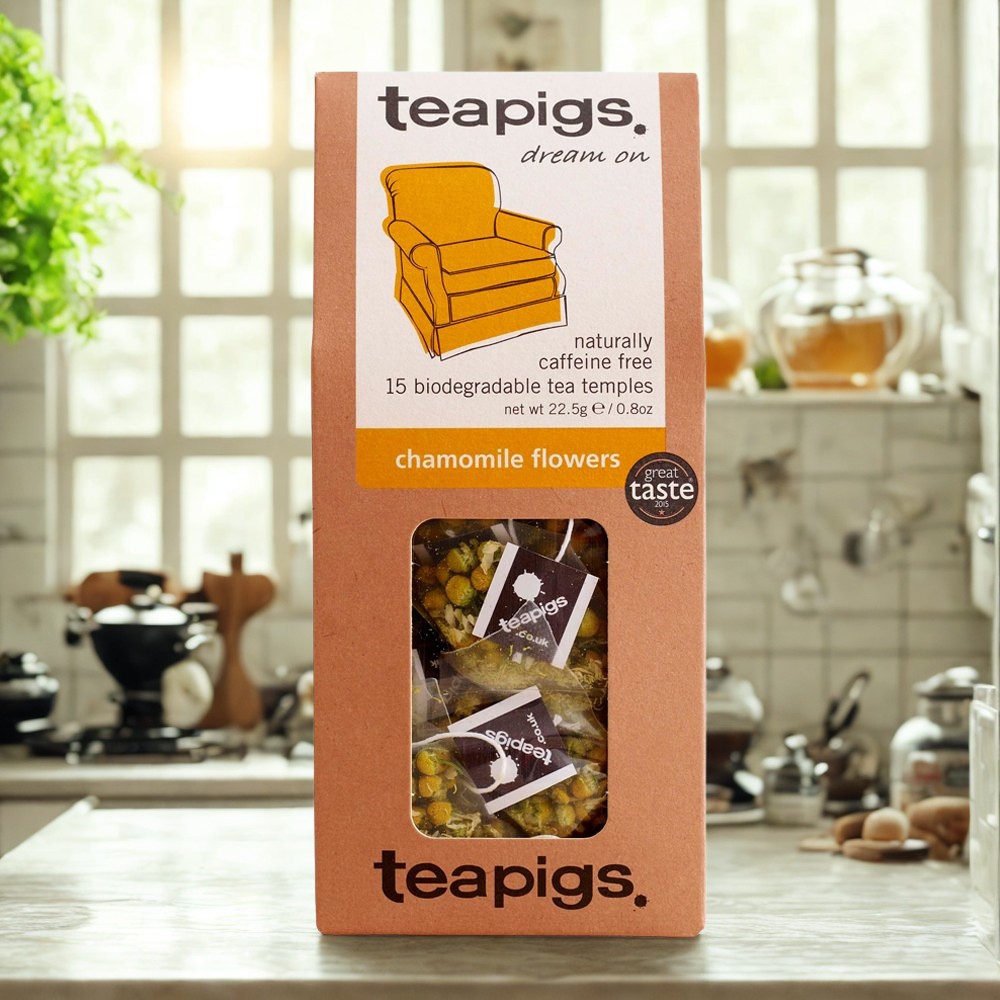
Teapigs is one of my go-to brands for an evening cup of tea. Founded in November 2006 by Nick and Louise in the UK, this premium tea brand has built a reputation for quality and environmental responsibility.
Their distinctive “tea temples” are made from Soilon, a plant-based mesh derived from cornstarch and developed in Japan, which eliminates plastic from their packaging.
What sets Teapigs apart is their commitment to whole-leaf teas and botanicals housed in spacious pyramid bags that allow for proper infusion.
- Packaging: The inner wrapper is home-compostable (made from wood pulp), and the outer box is FSC-certified and printed with vegetable-based ink.
- Certifications: Teapigs was the first tea brand to earn the Plastic Free Trust Mark. It’s also a Certified B Corp, a member of the Ethical Tea Partnership, and its Everyday Brew is Rainforest Alliance Certified.
2. Numi Herbs
$6-30
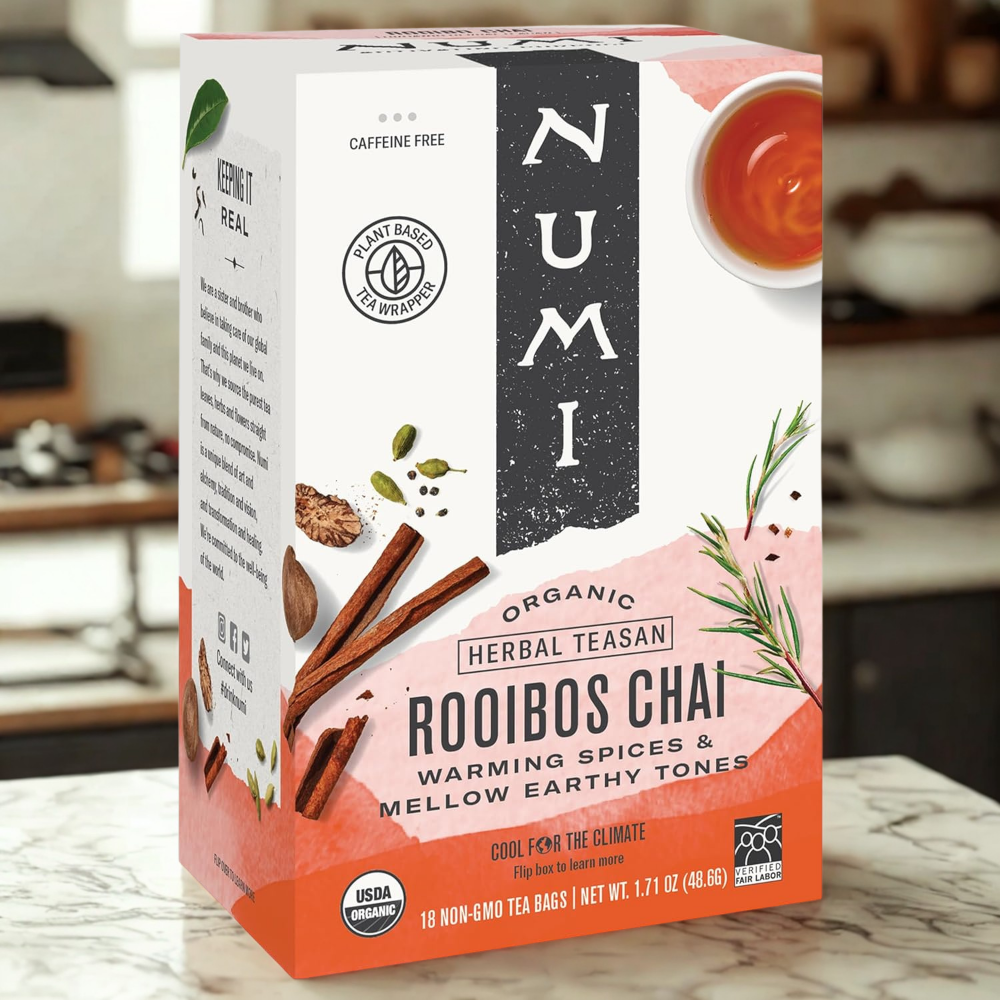
Numi Organic Tea was founded in 1999 by brothers and sisters Ahmed Rahim and Reem Hassani in Oakland, California, with a mission to share the healing power of plants through premium organic teas. They named their company after the dried desert lime drink from their childhood in Iraq, with “numi” translating to “citric” in Arabic.
What makes Numi special is their commitment to doing business responsibly. In 2006, Numi was one of the founding businesses to be certified as a B Corp, demonstrating their dedication to people and the planet alongside profit. The family-owned company specializes in unique blends sourced through fair trade practices, supporting community development projects both locally and internationally.
- Packaging: Made from unbleached Manila hemp fiber, completely free of plastic or GMOs. Bags are fully biodegradable and home compostable. Numi switched to plant-based, compostable overwraps.
- Certifications: BPI-certified compostable wrappers, Certified Organic, Fair Trade Certified, and Climate Neutral Certified.
3. Pukka Herbs
$6-25
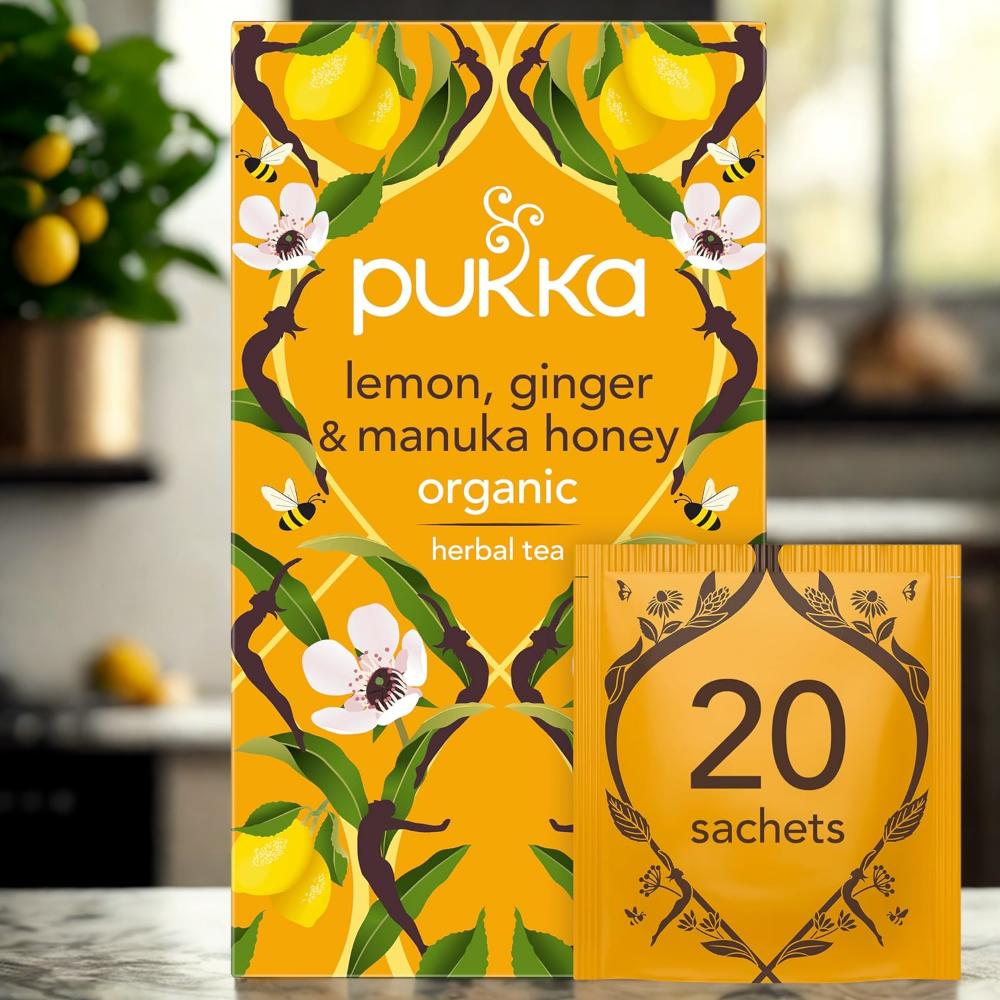
Pukka Herbs is a UK‑based herbal tea and wellbeing company founded in 2001 by herbalist Sebastian Pole and sustainability advocate Tim Westwell. They began with just three organic Ayurvedic blends and have since expanded into a global brand headquartered in Bristol.
The name Pukka comes from Hindi, meaning “real,” “authentic,” or “of superior quality.” Their mission combines traditional herbal wisdom with modern wellness, utilizing 100% organic, practitioner-grade herbs sourced fairly and sustainably from over 30 countries.
- Packaging: Individually wrapped in FSC-certified paper with a vegetable-based laminate. Not home compostable, but recyclable.
- Certifications: Certified organic, Fair for Life, and FSC-certified. While not third-party certified as plastic-free, they claim their bags and tags are both plastic-free and compostable.
4. Traditional Medicinals
$5-12
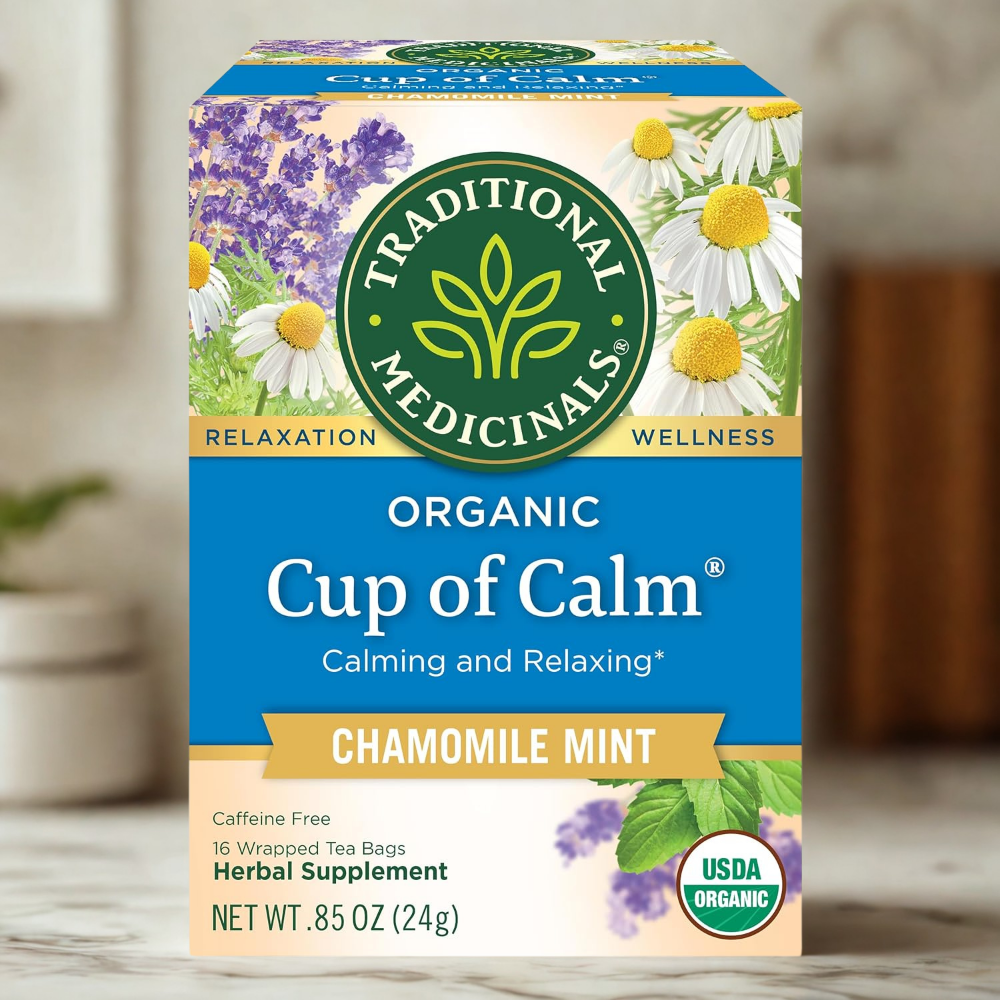
Traditional Medicinals has earned a loyal following by thoughtfully blending time-honored herbal wisdom with today’s sustainability standards. Founded in 1974 in Sonoma County, California, this 50-year-old company specializes in crafting purposeful tea blends designed to support your wellness journey, whether you’re looking for digestive comfort, immune support, or other health benefits.
What truly sets Traditional Medicinals apart is their commitment to caring for both you and the planet. Health-conscious tea lovers appreciate that their blends are formulated to deliver real results, while eco-minded consumers love that every sip supports their environmental values.
- Packaging: As of 2023, they offer BPI-certified industrial compostable tea wrappers — a significant upgrade from the standard plastic-lined ones.
- Certifications: BPI-certified compostable wrappers, USDA Organic, Non-GMO Project Verified, and FSC-certified paperboard packaging.
5. Clipper Teas
$4-20
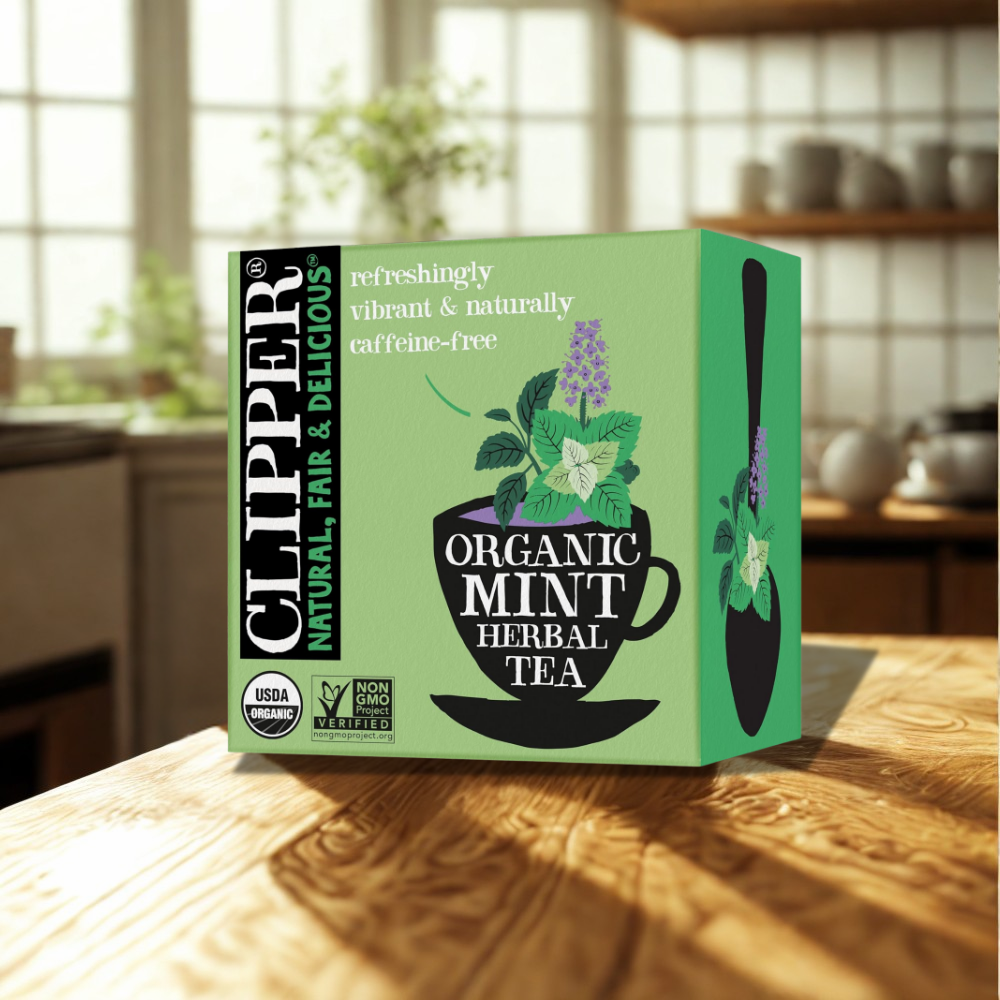
Clipper Teas has established itself as a pioneer in the organic and fair trade tea movement, focusing on natural, unbleached tea bags and ethically sourced ingredients. Clipper’s approach centers on using only natural ingredients without artificial flavors, colors, or preservatives.
The brand emphasizes fair trade relationships with tea growers, ensuring that farmers receive fair compensation for their crops while maintaining high-quality standards throughout the supply chain.
- Packaging: Made from a blend of wood pulp and PLA (a plant-based bioplastic from non-GMO corn). Fully plastic-free and industrially compostable. Most Clipper teas are packed in recyclable cardboard boxes without individual overwraps, keeping the packaging minimal and low impact.
- Certifications: Fairtrade, Soil Association Organic, FSC-certified boxes. The tea bags carry the TÜV Austria OK Compost INDUSTRIAL certification (not home compostable).
6. Taylors of Harrogate
$4-25
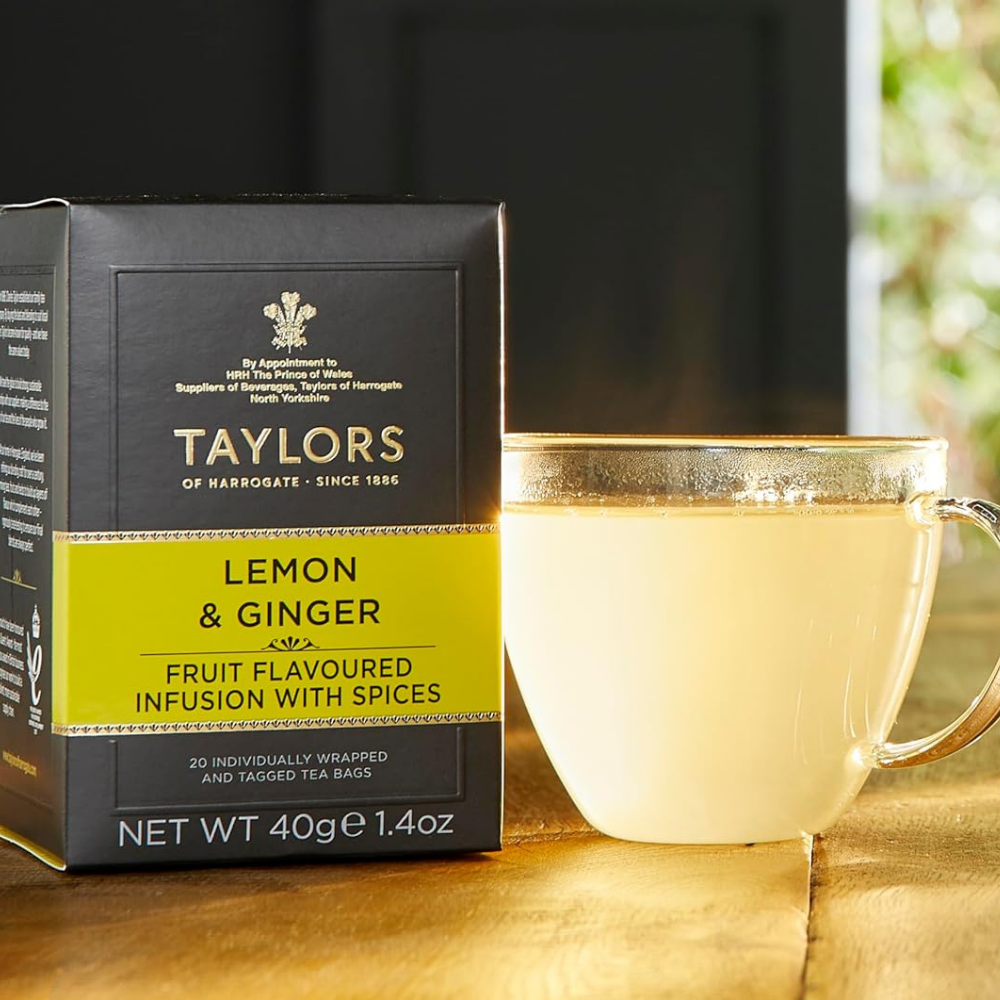
I’m a regular customer of Taylors of Harrogate, frequently purchasing their Lemon Ginger for its full, robust flavor and their Jasmine tea. Both have become staples in my tea collection. Taylors of Harrogate is a third-generation Yorkshire family business founded in 1886 by Charles Taylor and his sons as C.E. Taylor & Co., initially wholesaling tea and coffee regionally. They launched Yorkshire Tea in 1977, blending fine teas specifically for Yorkshire’s hard water.
Their key insight—that water quality affects the final cup—traces back to founder Charles Taylor. This understanding led them to open ‘Kiosk’ tea and coffee shops with tasting rooms where local guesthouse owners could sample blends tailored to their specific water conditions.
- Packaging: All Yorkshire Tea bags now contain plant-based materials, replacing oil-based plastic with plant-based PLA (polylactic acid) derived from cornstarch.
- Certifications: Rainforest Alliance Certified, Carbon Neutral Certified, and member of the Ethical Tea Partnership.
7. Bigelow Tea
$5-25
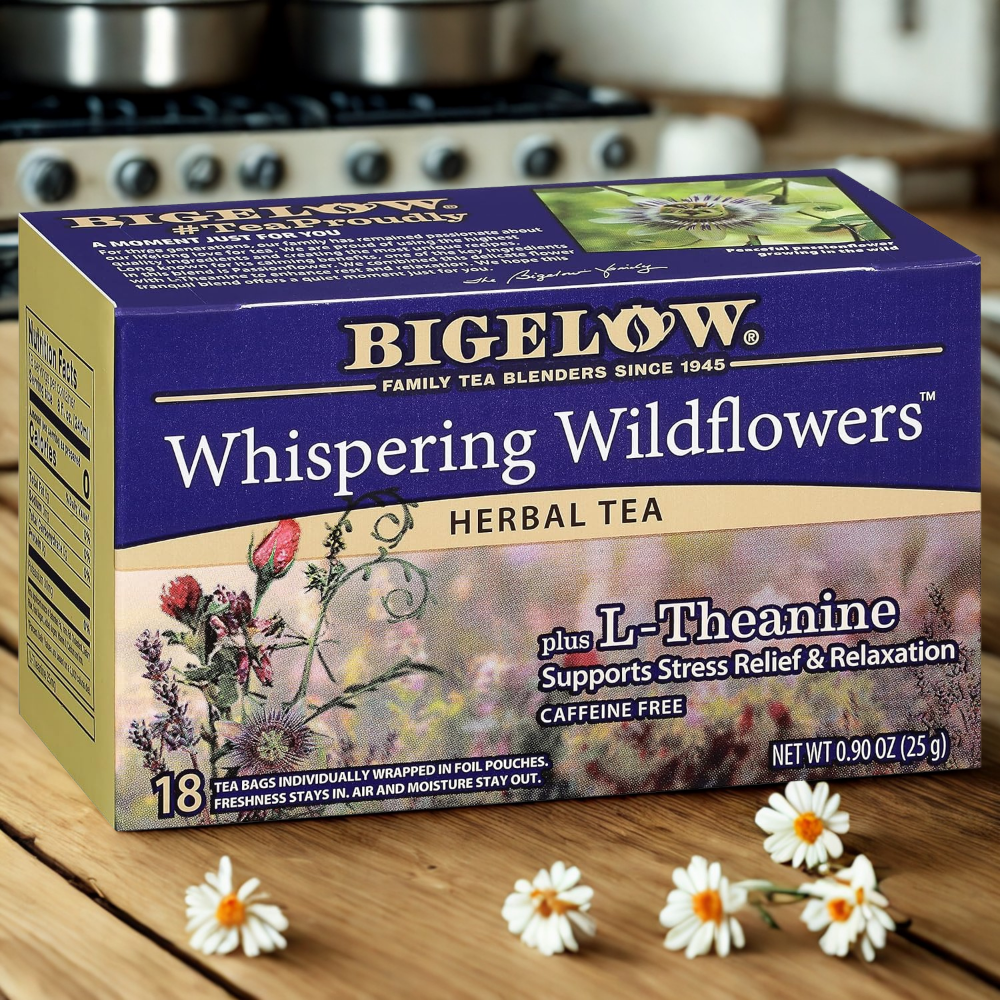
Bigelow Tea Company was founded in 1945 by Ruth Campbell Bigelow, who created the company based on her recipe for “Constant Comment” tea. This blend became the foundation of what would grow into a specialty tea empire.
The company pioneered the specialty tea category nearly 75 years ago and remains 100% family-owned, now led by the fourth generation. Bigelow takes pride in its heritage and successful growth while maintaining its commitment to quality and family values.
- Packaging: Tea bags are made with paper derived from wood pulp and abaca fibers, free from plastic materials.
- Certifications: Organic certification, Fair Trade certification, and commitment to plastic-free packaging solutions.
8. Friendship Organics
$12-40
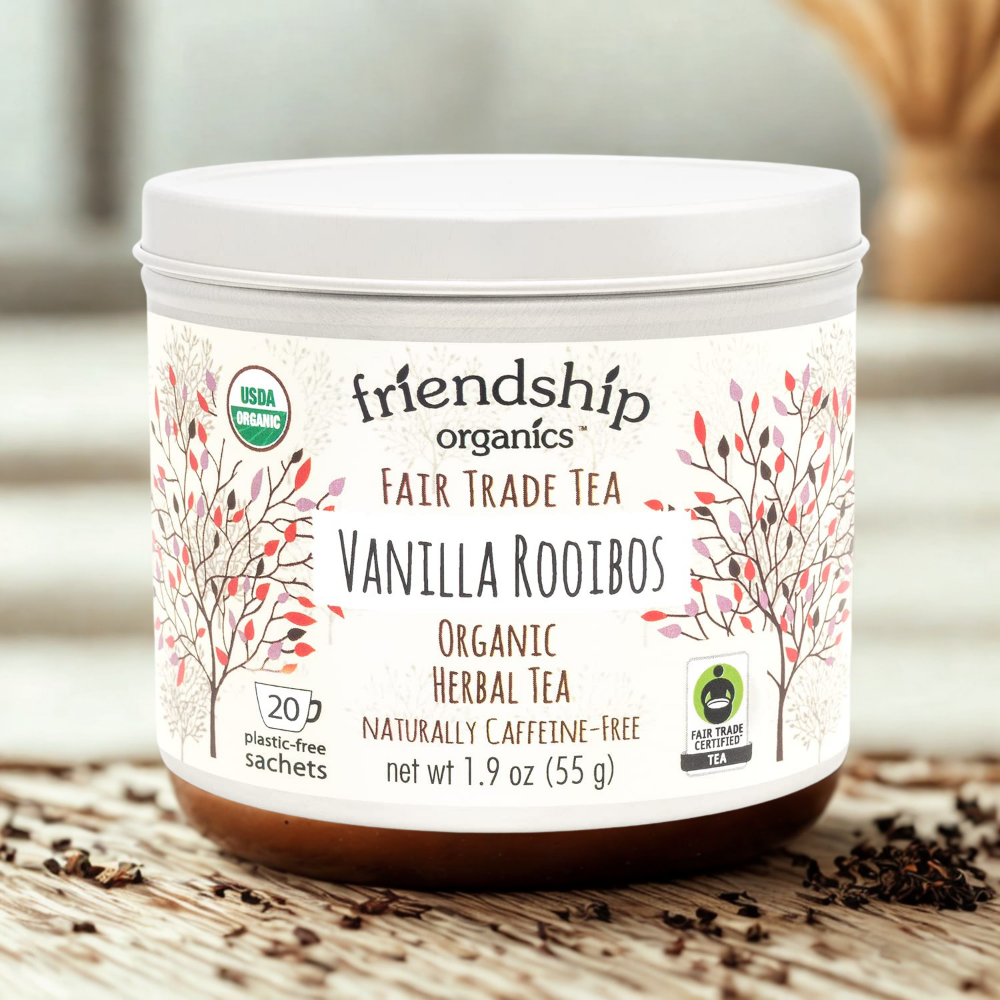
Friendship Organics focuses on crafting high-quality teas using certified organic ingredients and eco-conscious packaging. Their entire range is non-GMO and free from synthetic additives, flavors, or preservatives, with a strong emphasis on sustainability and wellness.
The brand sources its ingredients from organic farms and works closely with suppliers to ensure clean, traceable supply chains. Teas are blended and packaged in a solar-powered facility in the U.S., adding another layer of environmental responsibility.
- Packaging: This reusable tin includes 22 tea bags, sealed in a plastic-free, plant-based cellophane bag. The tea bags themselves are made from natural abacá fiber and contain no plastic. The tin is designed for repeated use, making it a sustainable addition to any tea collection.
- Certifications: USDA Organic, OU Kosher, and Certified Gluten-Free.
9. Choice Organics
$5-25
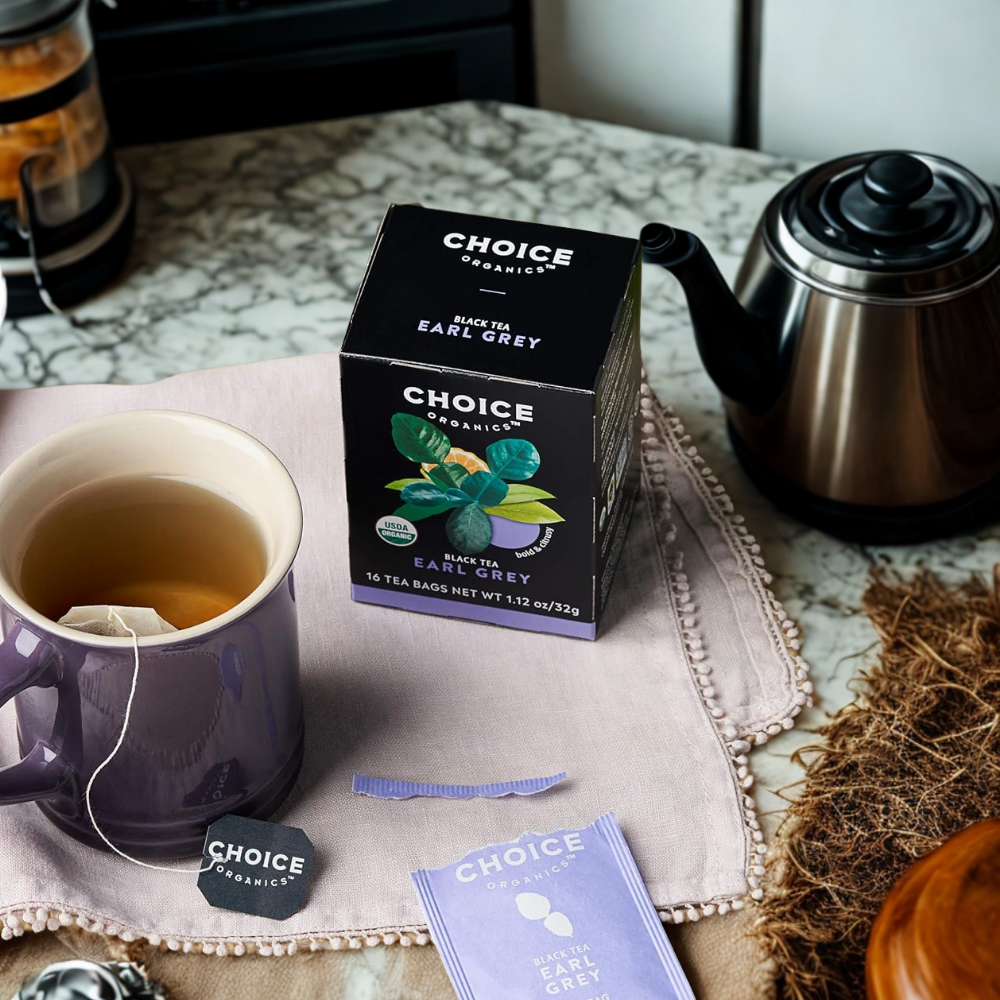
As a long-time leader in sustainable tea practices, Choice Organics champions fair labor, organic farming, and environmental responsibility. The brand emphasizes ethical sourcing and ecological stewardship throughout its supply chain.
Choice Organics is owned by Traditional Medicinals, a company known for its deep commitment to social impact. Through the Traditional Medicinals Foundation, they support initiatives that empower sourcing communities, promote regenerative agriculture, and improve the livelihoods of farmers and their families.
- Packaging: Each tea bag is made from natural fibers and is free from plastic, bleach, and glue. The tea bags are compostable (industrially), and the cartons are made with 100% recycled paperboard, printed with vegetable-based inks.
- Certifications: USDA Organic, Fair Trade Certified, Non-GMO Project Verified, Kosher, and Rainforest Alliance Certified (varies by blend).
Recommended Products
Below are some of my favorite flavors.
Other Plastic-Free Tea Solutions Worth Exploring
If you’re looking beyond traditional tea bags, a few companies are getting creative with even more ways to brew without plastic.
Tea Drops
$10-20
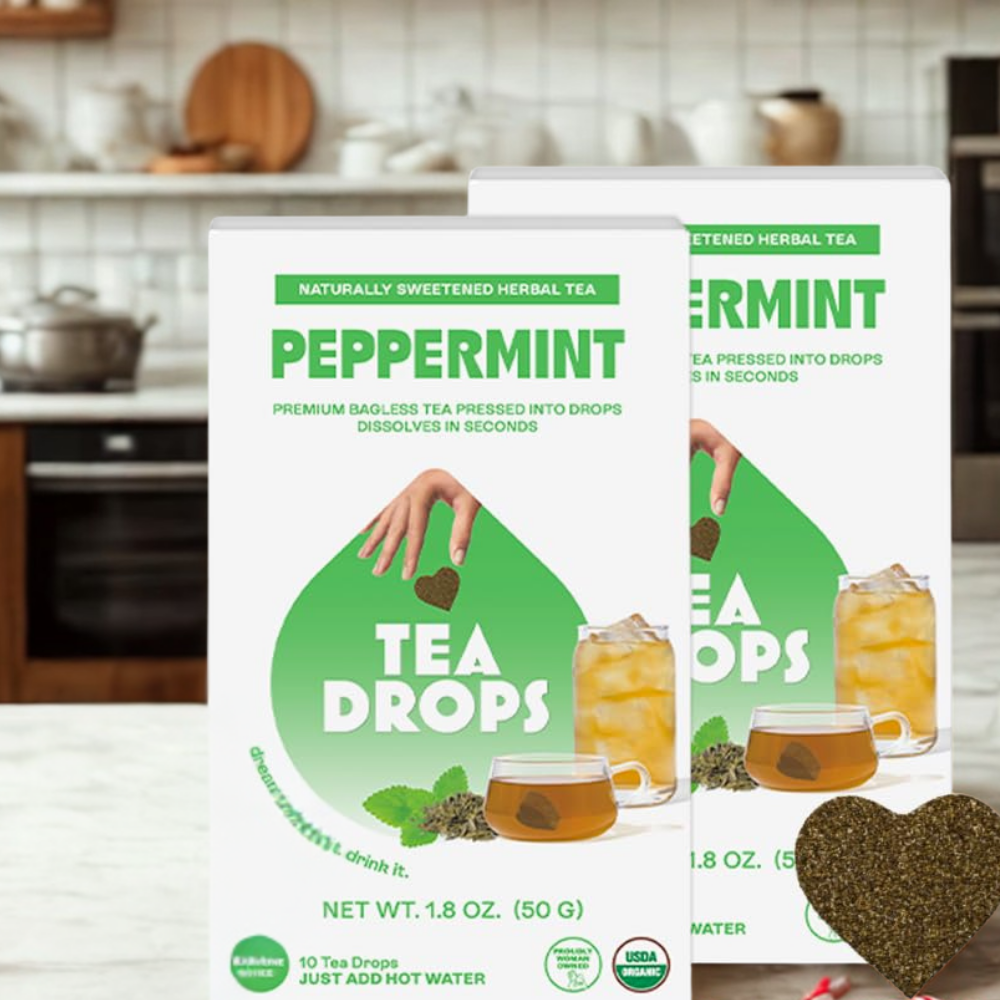
Tea Drops offers a modern take on tea by eliminating the need for tea bags. These organic, pressed tea morsels dissolve directly in hot water, providing a convenient and waste-reducing way to enjoy loose-leaf tea without the need for infusers or packaging waste. The brand focuses on clean ingredients, using organic teas and spices without artificial flavors or preservatives.
Tea Drops sources fair-trade and organic-certified ingredients whenever possible, and they work closely with small-scale farmers and producers to maintain high-quality, ethically sourced supply chains. Their commitment to sustainability also includes mindful packaging and donation partnerships aimed at combating food and water insecurity.
- Packaging: Tea Drops are wrapped in compostable, plastic-free cellulose-based wrappers. The outer boxes are made from recyclable or compostable cardboard, and Tea Drops tins and glass jars are designed for reuse. While the tea dissolves completely, a small amount of sediment (mostly tea leaf particles) remains at the bottom of the cup—no steeping or bag is needed.
- Certifications: USDA Organic, Fair Trade Certified (select blends), OU Kosher, Certified Gluten-Free, and Certified Woman-Owned Business
Life Without Plastic Organic Cotton Tea Bags
$10

Life Without Plastic offers a simple, zero-waste solution for tea drinkers with its set of Organic Cotton Reusable Tea Bags. Made from 100% GOTS-certified organic cotton, these bags are an eco-friendly alternative to disposable tea bags, which often contain hidden Plastic. Designed for use with loose-leaf tea, they allow for a low-impact brewing experience at home or on the go.
Each set includes six unbleached cotton bags, five small and one medium, crafted without glue, dyes, or synthetic fibers. The bags are handmade in India under ethical working conditions and are fully compostable at the end of their lifespan.
- Packaging: The tea bags come in a minimalist, plastic-free cardboard box. There are no plastic ties, individual wrappers, or tags – just reusable cotton bags packed sustainably.
- Certifications: GOTS-Certified Organic Cotton. Life Without Plastic is a Certified B Corporation, meeting high standards for social and environmental responsibility.
Why Switching Matters: Health and Environmental Benefits
Choosing plastic-free tea isn’t just about what’s in your cup — it’s part of a bigger picture that touches both personal health and the health of the planet.
🩺 Protecting Your Health
While research is still catching up, early studies suggest that consuming microplastics could cause inflammation, carry harmful chemicals into the body, or disrupt normal cell functions. By choosing plastic-free tea bags (or loose-leaf tea), you’re cutting down one easy source of unnecessary synthetic particles from your daily routine. It’s a simple switch that helps keep your brew and your body a little cleaner.
🌊 Reducing Plastic Waste and Pollution
Every plastic tea bag avoided is one less piece of plastic entering the waste stream. Even “biodegradable” plastics don’t always break down the way we expect, especially in landfills. Choosing compostable, truly plastic-free options helps reduce long-term waste and prevents microplastics from sneaking into soil, waterways, and oceans where they can cause lasting damage to ecosystems.
🤝 Supporting Brands That Are Making a Difference
When you spend your money on brands that are transparent about their materials and committed to plastic-free packaging, you’re sending a clear message: this is what matters. Consumer demand plays a big role in driving change, and the more we support companies doing it right, the more pressure it puts on the rest of the industry to follow. Small choices, like which box of tea you toss in your cart, really do add up.
Can Microplastics Leach Harmful Chemicals Into Tea?
It’s not just the presence of micro- and nanoplastics in your tea that’s concerning; it’s what they can carry. These particles act like tiny Trojan horses, transporting chemical additives and environmental toxins right into your cup.
Many plastics include additives such as plasticizers, flame retardants, stabilizers, lubricants, and dyes. When plastic tea bags degrade or are heated to boiling, these additives can leach directly into the tea.
Adsorption of Environmental Toxins
Microplastics don’t just carry their own ingredients. They can also absorb pollutants from the surrounding environment. Studies show they can bind to persistent organic pollutants (like pesticides and industrial chemicals), heavy metals, and pharmaceutical residues. Once ingested, these toxins may be released during digestion, increasing overall exposure to harmful substances.
What This Means for Your Health
Early toxicology research suggests that microplastics and their additives can contribute to inflammation, oxidative stress, and endocrine disruption. Compounds such as phthalates (used for flexibility) and bisphenol-based chemicals (used for clarity and hardness) are of particular concern. While human studies are still emerging, laboratory and animal research point to potentially serious sub-lethal effects.
Why It Matters in Tea
When tea bags made from polypropylene, nylon, cellulose blends, or bioplastics are steeped in hot water, they can release billions of plastic particles—often with chemical additives or absorbed toxins attached.
Research shows these particles can enter intestinal cells, suggesting the risk goes beyond plastic fragments alone. It’s also about the chemicals they contain.
FAQs on How to Reduce Microplastics in Tea Bags
Yes. Pyramid- or “silky” style tea bags are often made from nylon or PET (a type of plastic) and may also use polypropylene to seal the edges. These materials can shed microplastic particles when exposed to hot water. Even some paper tea bags have thin plastic coatings or sealants, so the shape alone doesn’t guarantee safety.
Yes. Loose-leaf tea eliminates the need for tea bags, removing the primary source of microplastic shedding. While it doesn’t prevent every possible exposure since microplastics can also appear in water or the environment, it significantly reduces the amount that comes directly from your cup.
Using cooler water may reduce the release of microplastics, as heat accelerates particle shedding. Cold-brewing can therefore mitigate, but not eliminate, microplastic contamination if the bag itself contains plastic materials. The best approach remains choosing tea packaged in verified, plastic-free, or compostable materials
A single plastic-sealed tea bag can release billions of micro- and nanoplastic particles when steeped in boiling water. The actual impact depends on how often you drink bagged tea and on other sources of plastic exposure. Occasional use likely contributes a small fraction of total exposure, but regular tea drinkers benefit from switching to plastic-free or loose-leaf options.
Final Thoughts About How to Reduce Microplastics in Tea Bags
It’s easy to think that something as simple as brewing a cup of tea wouldn’t have much impact, but small choices, like skipping plastic tea bags, really do matter. Choosing plastic-free options protects what’s in your cup, reduces unnecessary microplastic exposure, and supports a cleaner planet for everyone.
There are more options than ever for plastic-free, compostable, and sustainable tea. Whether you’re reaching for loose-leaf, organic cotton bags or a favorite brand that’s making better choices, every swap counts.
💬 Do you have a favorite plastic-free tea brand or blend that you love? We would love to hear about it — share it in the comments!
📚 References
- Banaei, G., García-Rodríguez, A., & Marcos, R. (2024). Teabag-derived micro/nanoplastics (true-to-life MNPLs) as a surrogate for real-life exposure scenarios. Chemosphere, 349, 143736. https://doi.org/10.1016/j.chemosphere.2024.143736
- Yong, C., Valiyaveettil, S., & Tang, B. (2020). Toxicity of microplastics and nanoplastics in mammalian systems. International Journal of Environmental Research and Public Health, 17(5), 1509. https://www.ncbi.nlm.nih.gov/pmc/articles/PMC7355763
